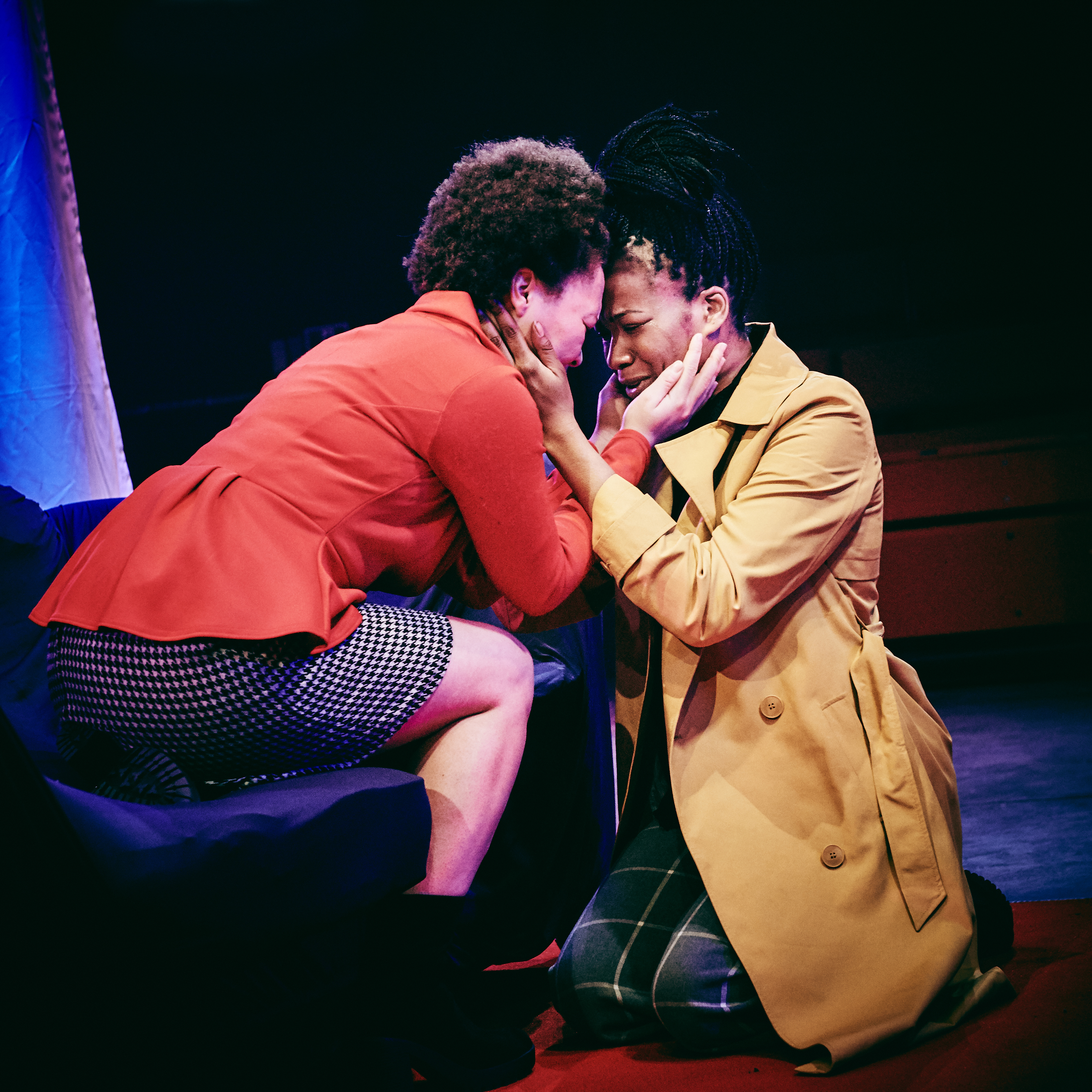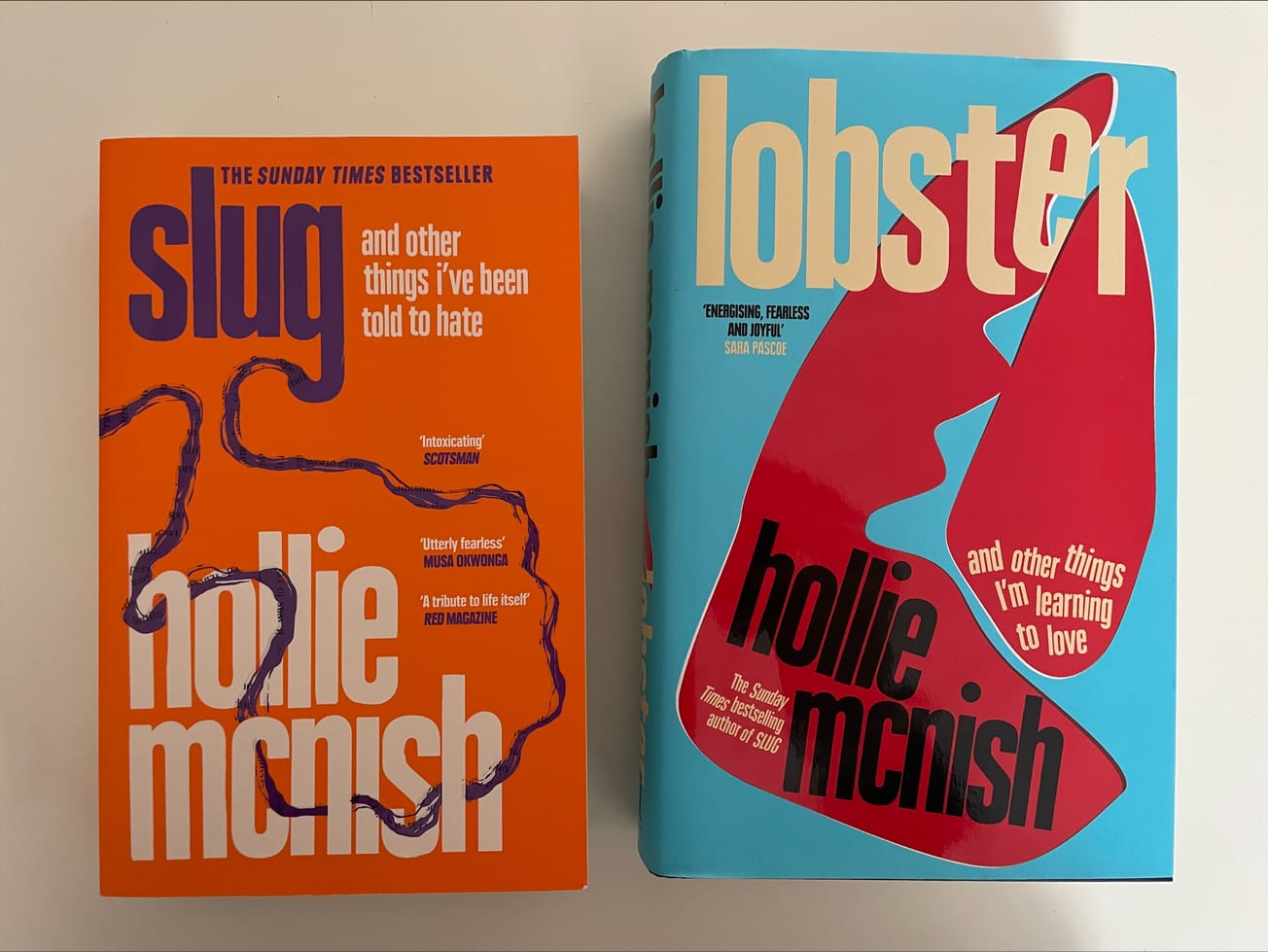By Joss Gillespie, third year English
Dark and dangerous, yet eliciting belly laughs... Joss Gilespie reviews TFT's ★★★★ A Midsummer Night's Dream.
The Tobacco Factory Theatre’s production of a Midsummer Night’s Dream plays on the dark and dangerous elements of the play without sacrificing the comedy’s natural charm. Mike Tweddle’s direction delivers the raucous, belly-jiggling laughs that one can expect from A Midsummer Night’s Dream, but the production’s ability to slip from frivolity into a sinister, threatening atmosphere, is what sets this version apart.
The tone is set from the first scene: a woman (Charleen Qwaye) bursts onto the stage still in darkness, chased by three suited men brandishing torches. The limited visuals heighten the tension, and when the three men shine their torches on the woman, the audience know, that she has been captured.

Tobacco Factory Theatres / Mark Dawson Photography
The lights go up, and the stage is set with a garish red, white and blue marquee, looking like a scene from a tacky Post-Brexit after-party. Theseus (Luca Thompson) begins the play, speaking his lines like an 80’s game show announcer, complete with recorded laugh track. When the captured woman returns to the stage, it is revealed that she is Hippolyta, and is forced to read her Wedding vows to Theseus from a piece of paper. In these opening scenes, Tweddle establishes the power dynamics which dominate all of the play’s relationships.
Give our trailer for #AMidsummerNightsDream a watch! 👀 See how a dreamy concoction of vengeful fairies, warring lovers and dangerous desires makes for an electric interpretation of one of Shakespeare's greatest comedies. Runs until Sat 06 April. https://t.co/KezYelo2DP
— Tobacco Factory Theatres (@tftheatres) February 21, 2019
Despite the fixed set, Tweddle aptly creates three distinct environments for the play’s three sets of characters. A simple lighting change and the use of a classic Indie-pop banger signifies the switch from the urban aristocratic world of the Royals into the local village hall of the mechanicals. However, the real turning point of the play comes with the introduction of the Faeries. The actors, as earthy and wicked creatures, strip the marquee of its dressing to reveal what looked like an overgrown squatter’s den, with dilapidated sofas and a vine-leaf ridden bath. Half industrial, half in nature, the fragile veneer of earlier was torn away, exposing the play’s dark underside.
The driving force of the play was the phenomenal energy of the ensemble cast. All three sets of characters were played by the same actors, and they bounced between the parts with zeal. Lysander (Lysanda) and Helena’s (Helenus) genders were swapped, making the couples both same sex relationships, a change which accentuated the characters’ desire to love whomever they choose. A Particular stand-out was Helenus (Joseph Tweedale) who brought a subtle comedy to the role which could easily have been caricatured.

Tobacco Factory Theatres / Mark Dawson Photography
The play slightly suffered from its abridgement, and the forty-five-minute second half felt a little lacklustre compared to the intensity of the first. Apart from this, the Tobacco Factory Theatre electrified one of Shakespeare’s most well-known plays, delivering a thoroughly engaging and innovative production.
A Midsummer Night's Dream runs until 6th April.
★★★★
(Featured image credits: Tobacco Factory Theatre / Mark Dawson Photography)
What are your thoughts on A Midsummer Night's Dream? Let us know in the comments below or on social media.









